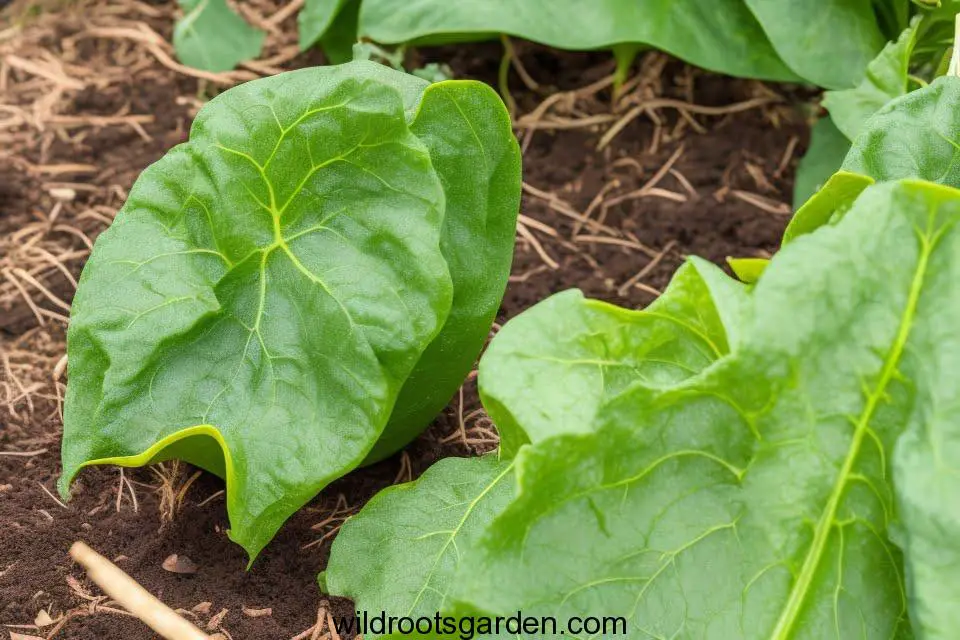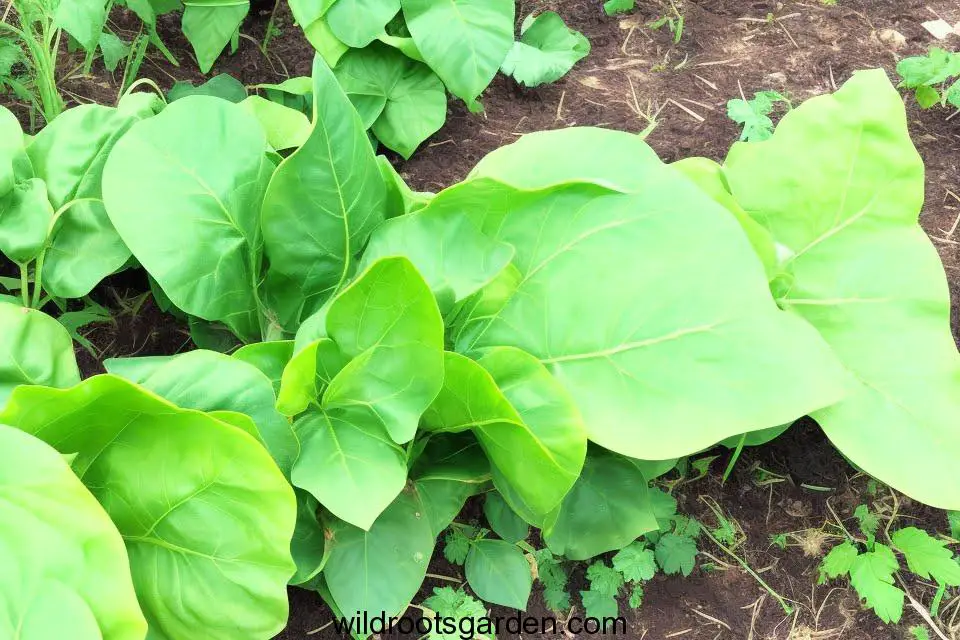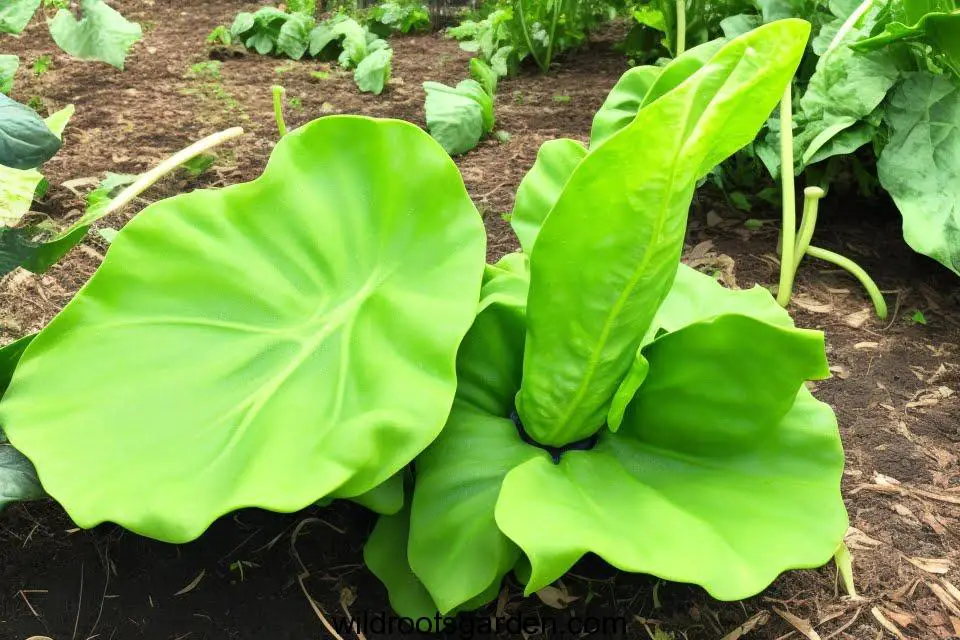Reasons and Solutions for Zucchini Leaves Turning Brown. Find out why the leaves of your zucchini plants are turning brown, and get helpful advice on how to prevent and resolve this common problem. Discover potential causes, such as illnesses, pests, nutrient deficits, or environmental issues, and investigate practical solutions to keep your zucchini plants in your garden healthy and thriving.
JUMP TO TOPIC
Introduction
At wildrootsgarden.com, we understand the concerns you may have about your zucchini plants when their leaves start turning brown. This article aims to provide you with comprehensive insights into the various reasons behind this issue and the effective solutions to help you overcome it. By following our expert advice, you can ensure the optimal health and productivity of your zucchini plants.

Lack of Adequate Watering
Inadequate irrigation is one of the main causes of browning zucchini leaves. Lack of water can stress zucchini plants, which in turn can result in leaf discoloration. Zucchini plants need regular hydration to grow. Making ensuring your plants have enough water during their growth cycle is essential.
Solution
In order to solve the problem of brown zucchini leaves brought on by insufficient watering, a regular watering schedule must be established. Deeply water your plants, making sure that the soil is evenly moist but not soggy. To deliver continuous water to the root zone, think about utilizing a soaker hose or a drip irrigation system. Mulching can aid in retaining moisture and reducing evaporation around the plants.
Fungal Diseases
Browning of zucchini leaves can also be brought on by fungi. Powdery mildew and downy mildew are two typical fungal illnesses that damage zucchini plants.
Powdery Mildew
Powdery mildew is characterized by the appearance of white or grayish powdery patches on the leaves, eventually leading to browning and shriveling.

Solution
To combat powdery mildew, follow these steps:
- Prune affected leaves: Remove any infected leaves as soon as you notice the signs of powdery mildew. This will help prevent the spread of the fungus.
- Improve air circulation: Increase the airflow around your zucchini plants by spacing them adequately. This helps reduce the humidity levels, making it less favorable for the growth of powdery mildew.
- Apply fungicides: If the infection persists, consider using fungicides labeled for powdery mildew control. Follow the instructions carefully and apply them as recommended.
Downy Mildew
Downy mildew causes yellow or light green patches on the upper side of the leaves, while the undersides develop a fuzzy, grayish mold. As the disease progresses, the leaves turn brown and may eventually die off.
Solution
To tackle downy mildew, take the following steps:
- Remove infected foliage: Promptly remove any infected leaves to prevent the spread of downy mildew. Dispose of them properly to avoid reinfection.
- Avoid overhead watering: Minimize wetting the leaves, as this can facilitate the spread of downy mildew spores. Opt for watering at the soil level instead.
- Apply fungicides: If the infection is severe, consider using fungicides specifically formulated for downy mildew control. Follow the manufacturer’s instructions for application.
Nutrient Deficiencies
Inadequate nutrient levels in the soil can also result in brown leaves on zucchini plants. Deficiencies in essential nutrients such as nitrogen, potassium, and magnesium can impact the overall health of the plant and cause leaf discoloration.

Solution
To address nutrient deficiencies, implement the following measures:
- Soil testing: Conduct a soil test to identify any nutrient imbalances. This will help you determine the specific deficiencies and guide your fertilizer application.
- Fertilizer application: Based on the soil test results, apply a balanced fertilizer or an appropriate nutrient-specific fertilizer to replenish the deficient nutrients. Follow the recommended dosage and application instructions.
- Organic matter: Incorporate organic matter, such as compost or well-rotted manure, into the soil to improve its fertility and nutrient-holding capacity.
Pests and Insect Infestations
Pests and insects can cause damage to zucchini plants, leading to browning and wilting of leaves. Common culprits include aphids, squash bugs, and spider mites.
Solution
To control pests and insect infestations effectively, consider the following steps:
- Regular inspection: Regularly inspect your zucchini plants for signs of pests. Look for visible insects, chewed leaves, or egg clusters on the undersides of the leaves.
- Mechanical removal: Handpick larger pests, such as squash bugs, and drop them into a bucket of soapy water. This can help reduce their population.
- Natural predators: Encourage beneficial insects, such as ladybugs and lacewings, that feed on common garden pests. Planting companion plants like marigolds can attract these beneficial insects.
- Organic insecticides: If the infestation becomes severe, consider using organic insecticides labeled for the specific pests affecting your zucchini plants. Apply them according to the instructions provided.
Conclusion
In conclusion, a number of variables, such as insufficient watering, fungal diseases, nutrient shortages, and pest infestations, can contribute to the fading and browning of zucchini leaves. You can deal with these problems successfully and guarantee the ongoing health and vitality of your zucchini plants by applying the remedies we’ve provided. Keep in mind to follow a regular watering schedule, use good plant care techniques, and act quickly to deal with pests and diseases. You may have robust zucchini plants with vibrant green leaves and a plentiful yield if you take these preventative steps.


